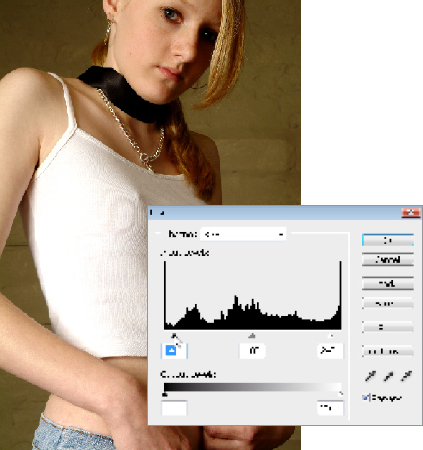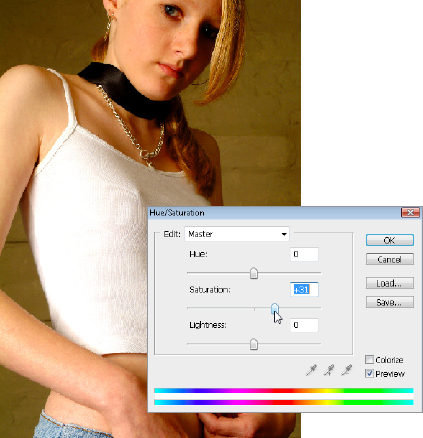Recipe 6.5. Cross-processing effect
Back in the days of wet-process photography, there were specific chemical processes for particular film types, and mix-and-match was not recommended by the manufacturers. However, since true creativity is often about breaking the rules, some photographers experimented with cross-processing, deliberately developing slide film with the chemicals meant for print film. The resulting images had a striking and distinctive look, and, while the process could be a bit unpredictable, when it worked, it worked well. The characteristics of the effect are over-saturated colors and an overall color shift, blown highlights, deep rich blacks, and marked contrast. In Photoshop we have more control over the effect, as we can tweak layers and experiment with individual color channels—with stunning results.


1 The cross-processing effect works best with high-contrast images with very saturated colors, so open the image and go to Image > Adjustments > Levels. Drag the White Point slider to the left and the Black Point to the right to pump up the contrast.

2 For the saturation boost, go to Image > Adjustments > Hue/Saturation and drag the Saturation slider to the ...
Get Photoshop CS3 Photo Effects Cookbook now with the O’Reilly learning platform.
O’Reilly members experience books, live events, courses curated by job role, and more from O’Reilly and nearly 200 top publishers.

